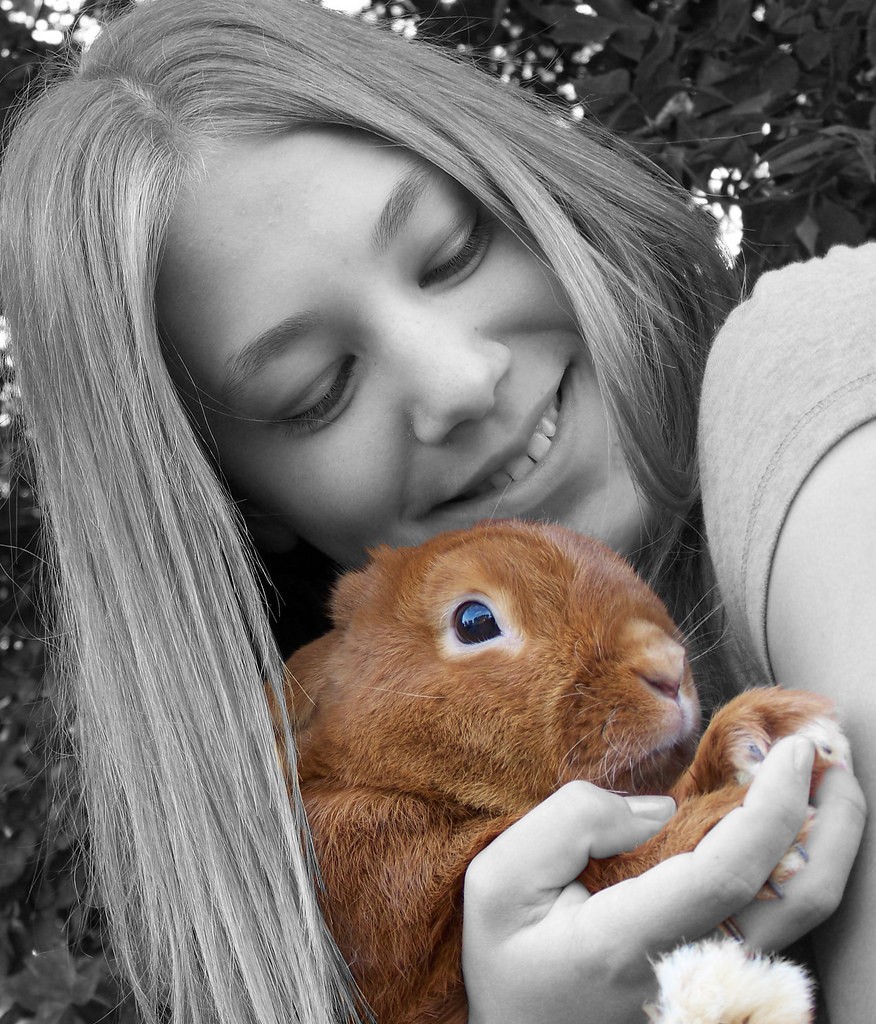Very few pictures presented for critique in the photo communities on the web are meant simply to convey detail or information, as does a driver’s license photo or a picture of how to assemble some mechanism.
Pictures presented for critique generally are intended to have visual impact but, more than that, to convey a feeling, an impression, an emotion or an intellectual concept. The photographer uses all the technical and compositional tools at her or his command to achieve that. A critique should explore what the photographer did and how well it was done.
A critique has two benefits; the intended one is to allow the photographer to see how his/her image is seen by others’ eyes - eyes that are unclouded by any emotional attachment to the image. The second benefit is that every critique can be a learning experience for the critic who sharpens his/her own eye by disentangling the many components of a photograph and weighing each of these to understand the photograph’s strengths, weaknesses and ultimate success.
How is this ‘critique’ actually done?
The feeling that the picture is great, good, mediocre or terrible is a visceral, emotional response; we need to be able to describe why we have that response. To understand that visceral response, the critic asks him/herself questions and the responses build the critique. The questions are meant to separate out the various components of a picture into manageable quantities so each of us can understand in some way why we feel as we do about the picture. (Think about the best chocolate chip cookies you’ve ever had and the recipe that made them.) The photographer’s ability and talent and the content do add an unquantifiable component but the critic needs to get as close as possible to picking out the qualities that make up the worth of each picture in his or her own eyes.
Some potential questions:
- What feelings or impressions come from the picture?
- Are these feeling congruent with the content or subject?
- Are there one or more centers of visual interest?
- Is(are) the center(s) of interest - the main subject(s) - well placed within the frame and does the placement relate well to the rest of the content so that the viewer’s eye is drawn to, rather than away?
- Is there excess space that pulls the eye away and drains any tension or drama from the picture?
- Is there enough space so that nothing feels cramped or cut off?
- Are there geometric issues? e.g. are the horizontals and vertical correct, and is that important?
- Is the composition appropriate for the content?
- Is the color or tonality appropriate for the content? Saturation or lack of it? Correct hues, white balance?
- Does the color make the point that the photographer wants?
- Is the sharpness or lack of sharpness appropriate?
- Is everything that should be in focus and sharp, actually so?
- In the reverse, is there so much depth of field, that attention is drawn away from the real object of interest?
- Are there individual small defects - points of motion, dirt on the lens/sensor, out-of-focus spots that hurt the image, unduly bright areas that draw the eye?
More questions may occur to you to add to your concept of each image; your summation should be - in your opinion, why is this picture good/bad/indifferent and could the photographer have done something differently or better to increase the impact of the picture?
Respond to the picture as presented without suggestions for different angles, etc. If the environment is friendly and the photographer is willing to listen, then suggest possible technical or technique changes that, in your opinion, might improve the picture.
Remember that wonderful, successful pictures may have many small defects and still be great. Conversely, a technically perfect picture may be completely uninteresting. Photography, as all arts are, is clearly a realm where the whole may not be equal to the sum of the parts.
















![[No title]](/data/xfmg/thumbnail/40/40286-86401b94de8b01bea8bb4ea154aaea0a.jpg?1734174701)


![[No title]](/data/xfmg/thumbnail/40/40288-4d5d7a8aa74ddfceb5fb82062d9b21be.jpg?1734174702)

![[No title]](/data/xfmg/thumbnail/34/34119-711b53445c011079fb89b6f42682ed00.jpg?1734164590)
